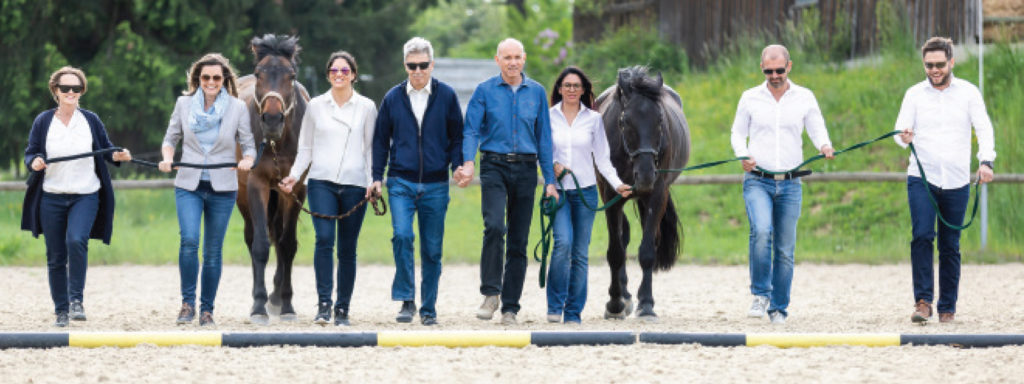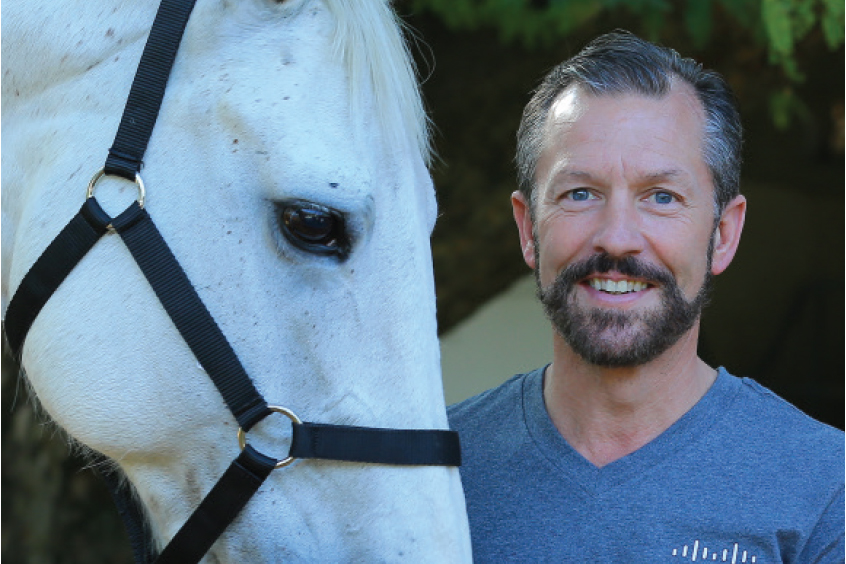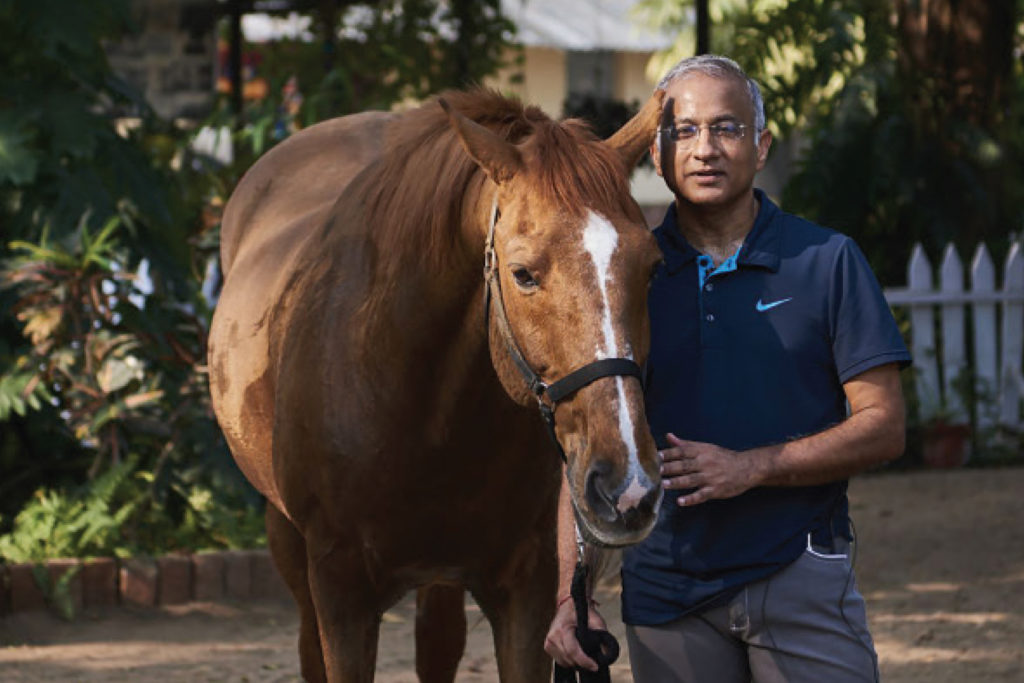A Horse Might Be Your Best Leadership Coach

Effective leadership strategies can be found in unlikely places, far from any business school or boardroom. In a disrupted world, could the instinctive nature of animals remind us of the basics of real leadership and help us get back on track?
There is an abundance of brilliant leadership coaches around, such as Marshall Goldsmith, Tony Robbins, or Brendon Burchard, who can transform leaders and organizations. While their leadership strategies work well, many people struggle to implement these lessons and often give up too early in the process.
Meet your new leadership coach, who comes trotting into the arena: a horse! CEOs and managers look on in awe. “Surely this can’t be serious?” they think. Each leader is introduced to a group of horses, and I observe their interactions. Some have heated discussions among themselves, while others challenge their teammates to a short race. There is always a bully or troublemaker in the group — just like in real life. The gathered CEOs can relate: “This looks just like one of our meetings.”
I then encourage them to describe each horse’s unique character and often point out the ones that show similar behaviors to themselves. When we work in teams and lead others, it’s essential to understand what drives individuals — their motivations and actions in different situations. Some horses love to be together in groups, engaging in “conversations,” while others are driven by food. A few of them run around looking for new challenges. In business, we observe similar traits. Leaders who understand these dynamics and adapt their strategies to match a specific personality type or team get better results. Much of this has to do with emotional intelligence. Dr. Travis Bradberry, an expert in emotional intelligence, found that 90 percent of top performers in a company have high emotional intelligence (EQ), while average-performing managers have lower EQs.
So, what makes a horse such a great leadership coach? Horses are very sociable and sensitive animals. In nature, they live in herds, and each has an exact role in their hierarchy. They communicate through body language, energy, and warn each other of danger, which is essential since a horse is a flight/prey animal. Horses follow their intuition to survive and can scan the environment very quickly. A horse can be the perfect teacher for leadership — how to work together and foster effective communication.
Nicholas Small, vice president of global operations at CISCO, was one leader who discovered that “soft” leadership skills could become an effective strategy for his corporation. “A horse’s ability to sense and respond to a person’s intentions, emotions, and thoughts has helped team members learn how to communicate more effectively, face potential fears of the unknown, and manage their emotions to drive better actions,” he says.

A few minutes into the workshop, the CEOs get handed the reins. Their task is to lead their horse through a course of obstacles. This is the moment when things become real. The exercise is called Lead by Example, a term used so frequently that it borders on becoming stale — but not for horses. A horse can weigh up to 1,500 pounds, and its sheer size can be intimidating — even for a well-accomplished CEO used to being in control. While leading their horse through the obstacles, some leaders will strike up a conversation with their new four-legged partner. These gentle animals are great listeners and respond to the energy and emotion in a human voice. Everyone takes a different approach. Some leaders just shorten the reins and motivate the horse with a pat on the neck. Others have a small talk with their new partner before setting out. Successful leaders all have something in common: a tremendous amount of empathy and a confident and energizing way of communicating.
Research conducted by Harvard University, the Carnegie Foundation, and Stanford Research Center have all concluded that 85 percent of career success comes from having well-developed soft skills and people skills. Only 15 percent of job success comes from technical skills and knowledge (hard skills).
After a few hours of interaction, when participants have built their confidence with these large animals, the CEOs move on to the next level: riding the horse, but with a twist.
While one CEO rides the horse, another CEO leads the horse on the ground and receives instructions from the rider. This arrangement reflects how a CEO might interact with their managers. Atop the horse, the CEO has an overview of the situation and is recognized by everyone as such. But when it comes to the direction, agility, and speed of the operation, he or she depends on the manager to lead the horse. The horse symbolizes the employees; it responds to motivation from a leader and the environment around it. Success lies in the leaders’ hands and their ability to understand and appropriately adapt their communication to their horse.
Working with horses is a fresh approach to leadership success that can have profound results. “Leaders must know where they are headed, just like horses,” says Aditya Krishna, chairman of the Saksoft Group. “It’s very obvious with horses: If you don’t know where you’re going, the horse will not follow you. Horses keep you humble, as leaders must remain humble, too. They can bring you down to earth fast.”

CEOs who work with horses develop a new perspective on how to motivate and drive their projects successfully. Even leaders who usually focus on numbers and balance sheets go home with a new understanding — that empathy can change everything.
These CEOs have learned from a coach that does not talk: a horse. They realize that leadership can go beyond words. Rather, it’s about the actions you take and how you bring out the strength in the people around you.





Responses